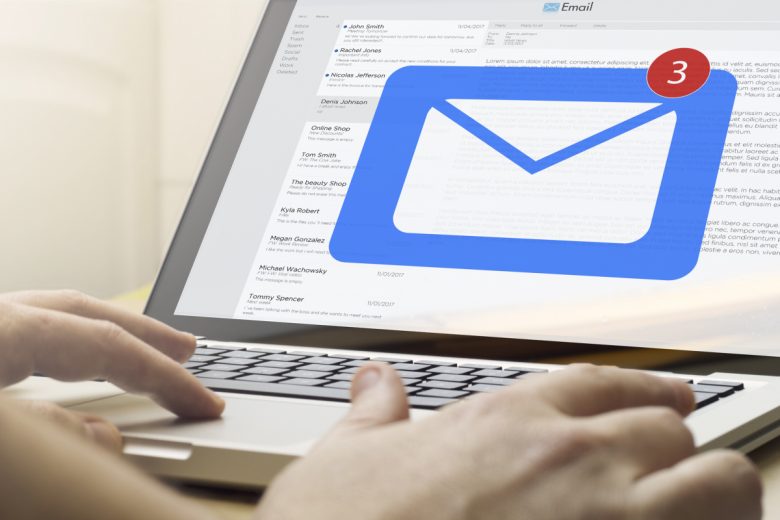Sometimes even the most experienced and hard-working employees take a leave of absence. During this time, it’s not uncommon to encounter issues at work that are difficult to resolve without the missing expert.
We all know that good communication with employees is important. But how is that done when an employee is on leave? In this article, you’ll learn 5 useful tips that can help you communicate respectfully with an employee on leave.
Understanding Employee Leave
The concept of employee leave plays a critical role in promoting a balanced work-life culture, a healthy workforce, and increased productivity. Different types of employee leave exist. Each of them has their own rules and conditions. These rules and conditions change depending on the organization’s policy. They also change based on the jurisdiction’s laws. Here’s a deeper look at the most common types of employee leave.
Annual Leave
Also known as vacation leave, annual leave provides employees with a predetermined number of days each year for rest and relaxation. The number of annual leave days typically increases with the length of employment.
Sick Leave
This type of leave is designed to protect the health and well-being of the workforce. Employees are granted a certain number of sick days per year, allowing them to recover from illness without the risk of income loss. Some companies also allow these days to be used for medical appointments.
Maternity/Paternity Leave
Maternity leave is designed for new mothers, while paternity leave supports new fathers. The duration varies by country and company, but these leaves generally give parents time to bond with their new child and adjust to their new family situation.
Bereavement Leave
This is time off given to an employee who has experienced the loss of a close family member. The duration varies by organization, but the aim is to provide the employee with time to grieve and attend to any necessary arrangements.
Personal Leave
Also known as emergency or personal days, this type of leave is usually unplanned. It can be used for personal matters like family emergencies, moving house, or any other urgent matters not covered by other leave types.
Educational Leave
Some companies offer educational leave to employees pursuing further education or professional development. This leave encourages lifelong learning and skills enhancement.
Leave of Absence
This is an extended period of leave, often without pay, that allows employees to take time off for reasons such as long-term illness, sabbatical, or personal reasons. Approval for a leave of absence is usually at the employer’s discretion and often requires an application process.
Understanding these various types of leave is vital for employees and employers alike. Employers should establish clear policies for each type of leave to maintain fair and consistent practices. On the other hand, employees should be aware of their leave entitlements and know how to use them effectively to balance work with personal life, health, and well-being.
Timing is Key
A good rule of thumb for contacting employees on leave is to limit your contact to 1-2 times a month, and keep conversations brief, ideally no longer than 5 minutes. If you require a more thorough response, you’re better off asking a different employee or waiting, if possible.
Disturbing an employee on leave with excessive contact is not only rude but can become a breach of your employee’s rights. If you don’t want to create a potential case with HR, it’s wise to limit communication to urgent needs only.
Additionally, if you contact an employee on leave, be mindful of the hour and date on which you decide to do so. Communications might be better reserved for daytime or business hours, and if it can be sent in an email, try not to make it into a 10-minute phone call. After all, employees on leave deserve their space.
Make a Plan Beforehand
It’s always a great idea to establish ground rules and boundaries before the employee takes leave. Sit down with your employee and discuss some details, such as how often they feel comfortable receiving communication, if at all. Let them know that you want to respect their boundaries, and simply want to keep them in the loop so they don’t return feeling confused.
You can also ask about the following topics:
- Best time of day/day of the week to contact them
- Topics they do and do not wish to discuss during leave
- Boundaries regarding contact (how much, how often, etc.)
- Preferred method of contact (such as phone, email, etc.)
Be Concise and Direct
If communication is absolutely necessary, you must keep all contact as concise and direct as possible. Your employee took leave for a reason, and you don’t want to get in the way of their personal life.
If you’re simply interested in sending them an update, consider waiting to send that information. Instead of blowing up their phone with email notifications and missed calls, limit yourself to one email per month. You can condense the most important information into that one email, which your employee will no doubt prefer to a spammed inbox.
Try to avoid getting caught up in pleasantries and small talk during these small bouts of communication. You can catch up with your employee as soon as they return to work. In the meantime, they’re entitled to peace and quiet.
If your employee is on leave due to an injury or medical condition, avoid asking any questions directly related to their health. This could potentially breach their privacy, and those rights are protected by your HR department.
Remember that you are not legally permitted to ask an employee to work during their leave of absence. If you do this, be prepared that your employee is entitled to take legal action against your company.
Offer Support
Sometimes the best form of support is providing your employee with a healthy work-life balance by not reaching out at all, or only communicating minimal information. However, in some cases, employees might be interested in receiving updates from you from time to time. This should be discussed before the employee actually initiates leave.
If your employee is open to the idea, you can ask if they’d be interested in receiving some support around the workplace. There are several ways to show your support for an employee on leave, including:
- Having coworkers create a handmade card to give them upon their return
- Sending “get well”, “congrats”, or other greetings via email and phone
- Celebrating when the employee returns
- Inviting the employee to meetings or conference calls (these mustn’t be mandatory, but optional)
Let your employee know that you support their leave of absence and want to keep them updated and engaged with the team. If they reject this offer, don’t take it personally – they might simply want some time alone.
Use Email Instead of Phone
Statistics reveal that 77% of American workers prefer to use email for professional communication as opposed to phone messaging apps and calls. This likely comes as no surprise – reading an email demands much less energy than listening to a phone call. Additionally, phone communication relies on tone, with which some employees might struggle.
Instead of using text or calls to contact your employee on leave, opt instead for email. It’s a simpler, more direct way to reach out, and doesn’t demand that your employee answer the phone right away. It provides them the opportunity to decide for themselves when they’re best equipped to reply.
Stick to Necessities
Keeping conversations brief and minimal is one of the best things you can do when an employee is on leave. Ideally, you shouldn’t be reaching out unless one of the following statements is true:
- You require personal information from them.
- They are the only employee qualified to answer a question.
- The subject is urgent or absolutely necessary.
If the employee on leave is a manager, you should not reach out when there are workplace disputes or petty problems. This is their leave, and they have a reasonable expectation of privacy and respect during their absence. Instead, consider an alternative manager or assign a temporary lead to take over.
Respecting Boundaries
The most important thing to remember is that although employees may be open to communicating during leave, they are entitled to their distance from workplace stress during this time. Studies show that employees who take leave and vacations come back to work with increased productivity and motivation. If you want to see those long-term benefits in effect, you need to give them the space they deserve.
That being said, employees are often surprisingly open to being updated during their leave. It can help ease the feeling of being excluded or missing information. Try to respect the boundaries you and your employee set so that communication is easy and convenient for you both.
Encourage the Maintaining of Work Relationships
If other employees have a personal relationship with the employee on leave it may be a good idea to encourage them to stay in touch. Be sure to not encourage this to relay information to them or to learn information about them. Instead, encourage this so that the employee can still feel like they are a part of the work family.
Doing this contributes to a seamless transition when the employee returns to work. Also, engaging with colleagues while on leave enhances team bonding and cohesion.
Work relationships also provide a support system. During leave, especially for reasons such as illness or stress, employees might require moral support. Their colleagues can offer this while empathizing with their situation, thereby nurturing a psychologically safe workplace. Encouraging positive relationships while an employee is on leave can help improve communication with employees when that particular team member returns.
Conclusion
Communicating with employees who are on leave can be tricky. Be sure to review The Family and Medical Leave Act (FMLA) guidelines as well as any other laws for your state to make sure you are well within your rights to reach out to your employee and when.
Also Read:
7 Ways to Improve Communication in the Workplace












Pingback: How to Communicate with Employees While on Leave – Austin Rotter